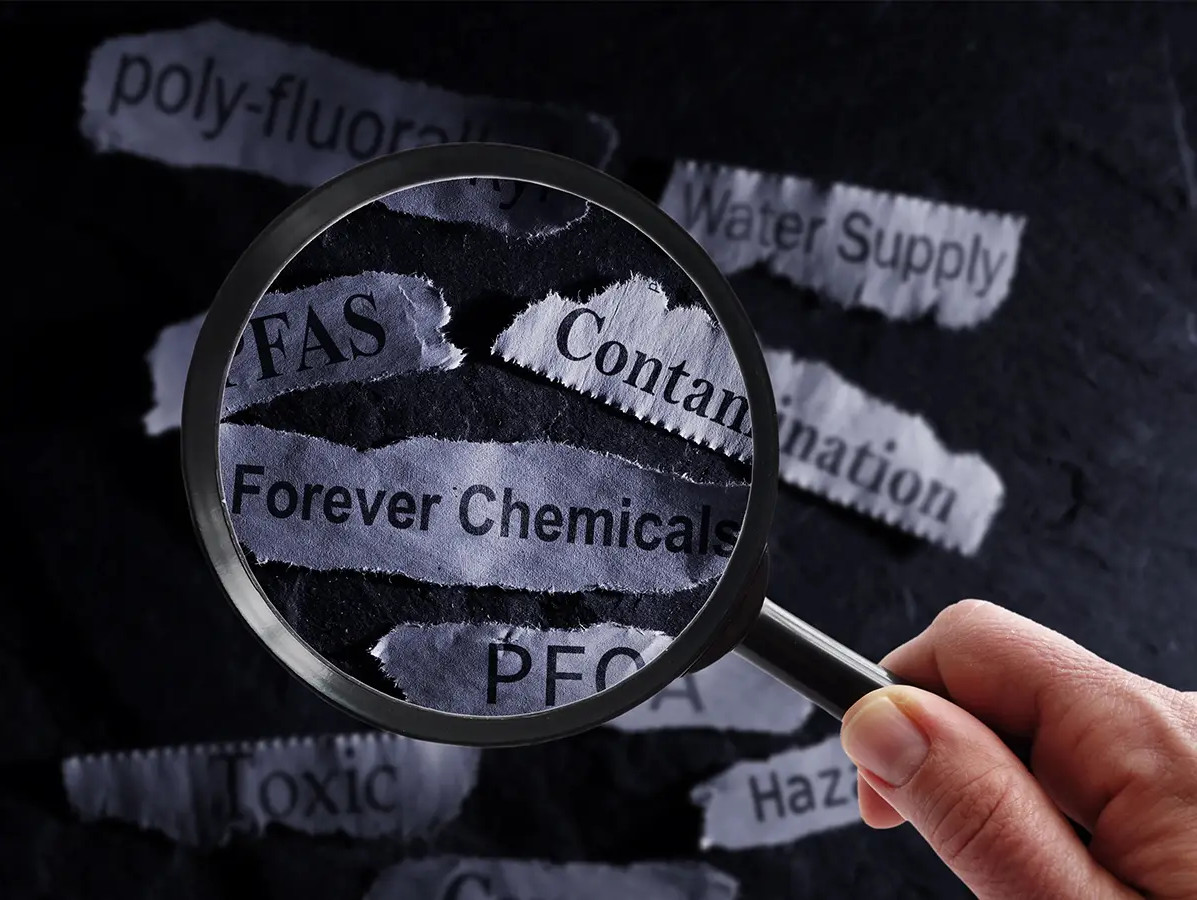
PFAS are now found everywhere; in products, in the environment, and even in living organisms. Because these substances hardly break down, global concerns are mounting. Wageningen Food & Biobased Research (WFBR) is leading a three-year research project, supported by the Dutch government, to speed up PFAS detection and improve removal methods.
Monitoring PFAS is currently expensive and slow. A single analysis can cost up to €350 and take as long as two weeks. “We’ve developed a method that allows us to analyse nearly 100 samples in just a few minutes,” says project leader Raphael Fredon. The method uses a familiar tool from other types of research: an ELISA plate. “But now applied in a completely new way, specifically for PFAS detection.”
Detection is only the beginning. The real challenge lies in removal and destruction. Promising techniques already exist, but often only on a lab scale. “Some methods, such as incineration, are effective but require a lot of energy and result in a significant CO₂ footprint,” Fredon explains. Other methods, like activated carbon, can capture only certain types of PFAS and come with transport risks. The goal is to combine technologies — not to find a one-size-fits-all fix, but to “combine the most promising solutions into a scalable, cost-effective system that can be deployed on-site.”
Sixteen organisations are participating in the project, including companies from the chemical, pharmaceutical and paper industries, water utilities, technology providers, waste processors, and the Ministry of Infrastructure and Water Management. Fredon: “The ministry is keen to use our findings to help shape future PFAS regulations.”
Source: Wageningen Food & Biobased Research